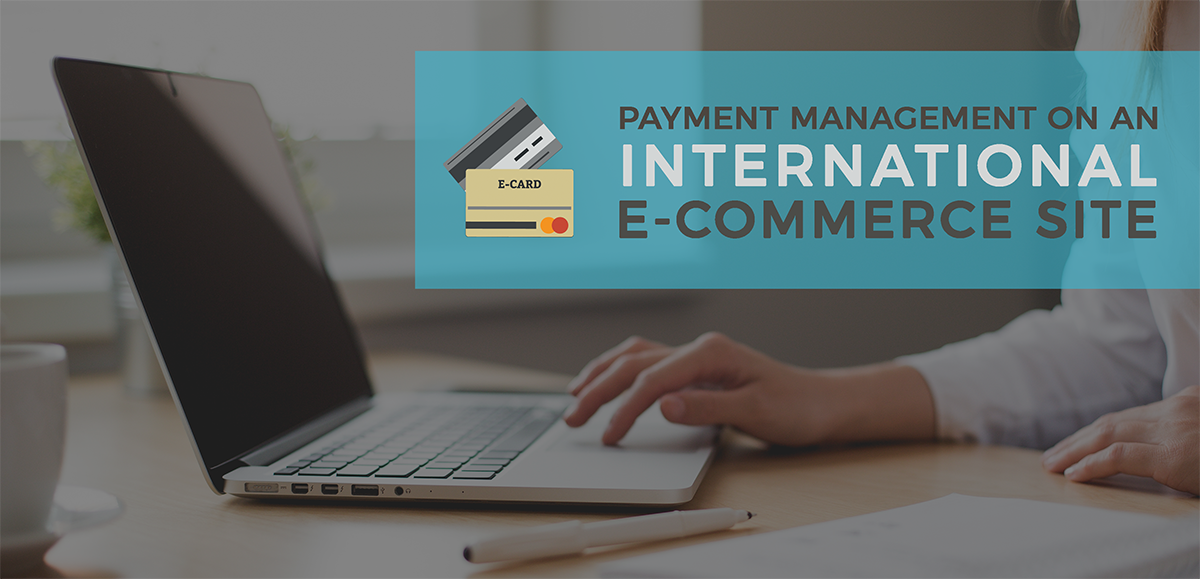Advancements in technology have played a huge role in crossborder e-commerce growth. Recent technology advancements have:
- Streamlined logistics
- Made payments more secure
- Created payment method alternatives (PayPal, Stripe, Sofort, iDeal)
- Sped up the checkout process (one-click payment)
- Provided the tools to quickly adapt product offering and marketing communications to customers by region
But while the online cross-border figures remain promising, there are several obstacles that businesses must overcome in order to conquer new markets. These challenges include both internal and external issues.
1. External Challenges
Currencies
There are roughly 180 currencies worldwide and 13% of online shoppers will abandon their shopping cart if the price is displayed in a foreign currency.
Logistics
Differences in road infrastructure, warehousing, and delivery methods can pose a serious problem for retailers.
Legal regulations
Retailers need to be aware and comply with the legal obligations of the country from which their consumers are ordering. In some areas, consumer protection laws may lead business to change their return and exchange policies.
Consumer habits
Motivations and preferences differ by country and even by region, making it crucial for retailers to understand the purchasing behavior of their target market.
2. Internal Challenges
Constantly changing content/product listings
Companies need to ensure that all new collections, pricing promotions, and other changes are up to date across all markets.
Specialized industry content
Many sectors like fashion, electronics, jewelry, etc., require knowledge of industry terms and concepts in order to accurately translate product descriptions, manuals, etc.
Adapting to every market
Localising your product information and content for every market means managing different languages, currencies, payments, measurements, etc.
Strategic SEO issues
Entering a new market means starting your SEO from scratch.
Budget constraints
Adapting your business to each target market requires time, staff, and money.
If you want to develop your online business internationally, plan your localisation strategy ahead of time. To make sure consumers will trust you, you need to look like a local company, born in this market and perfectly adapted to buying habits and preferences!
To learn more about managing your international product information management, download our ebook.







